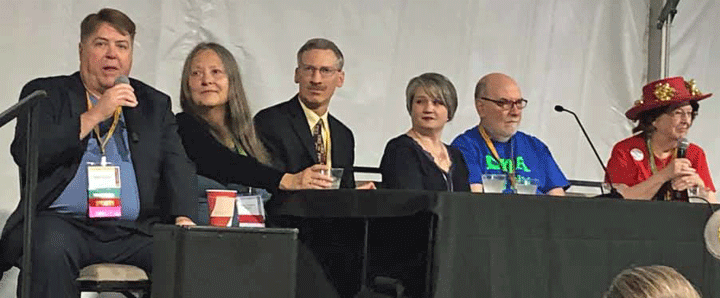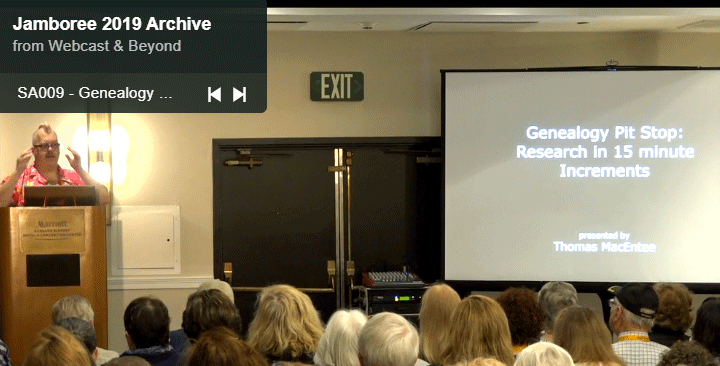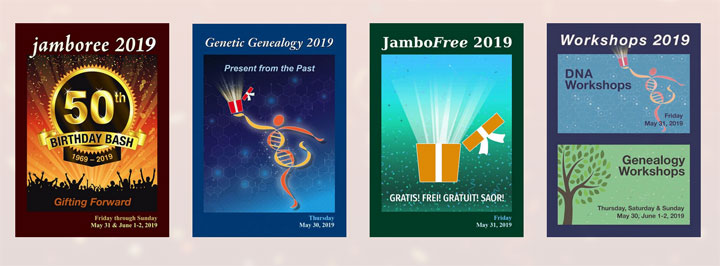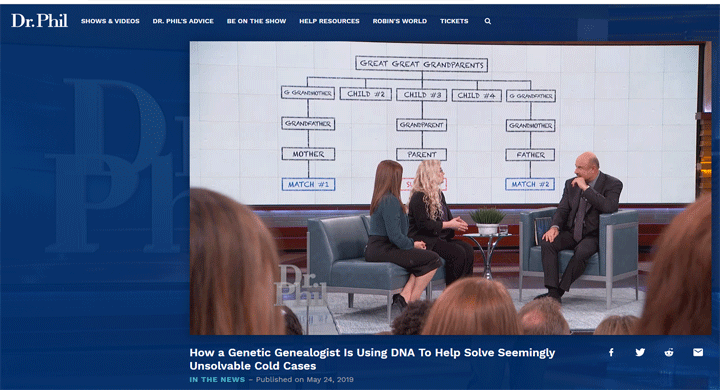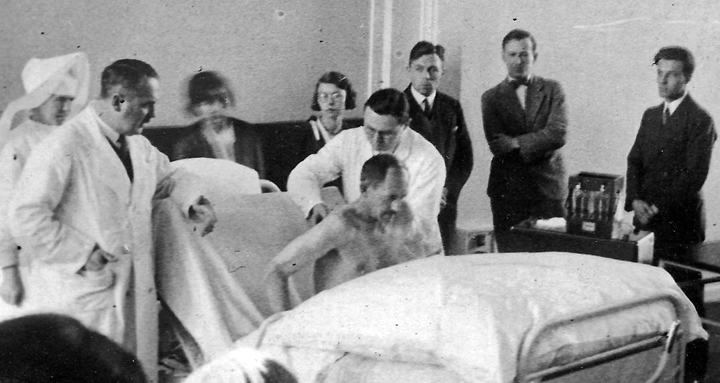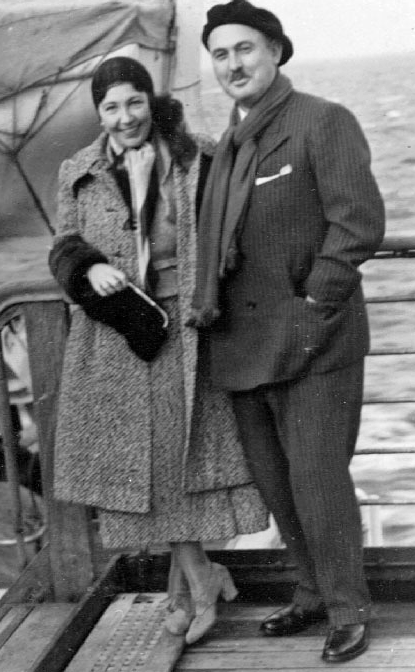Janice was searching for her biological father. Her Ancestry DNA test had found what looked to be an aunt or half aunt, “ Sally,” and also a half uncle, “Trevor,” who did not match each other, both about 20 years older than Janice. So likely each of them was related to one parent of the unknown father. This could be easy! But wait…

Display from Ancestry Beta match view: Note that the common ancestor with Sally came after adding her tree
Notice the difference in matching DNA and that they are both listed as 1st-2nd cousins. Yet both are in the range for half aunt/uncle (500-1446 cM). Although other relationships, like first cousin were possible, they did not fit the known facts or the matching to common relatives. Trevor’s second cousins shared with Janice were all showing as third or fourth cousins to her, suggesting one generation of difference. The same was true for Sally’s closer cousins: her firsts were coming up as Janice’s seconds.
Trevor, born 1945, had just discovered via his Ancestry test that the father who had raised him was not his biological dad. His dad was actually his stepfather; he had adopted him when marrying Trevor’s mother. Sadly she was no longer available to tell Trevor who his birth father really was and the father of record did not fit the DNA evidence.
Sally knew that her mother had given birth to a boy in 1944 that had been adopted out. This child was not the son of the man she later married; his father was unknown. Sally had tested her DNA hoping to find her half brother and was excited to have found his daughter!

How Sally and Trevor are related to Janice
The problem here is that since Janice’s father is that adopted half brother, there may be no way to track him down. The best I could do for Janice was to find Trevor’s dad and Janice’s paternal grandfather via DNA. Since he had deep American roots it took less than four hours! That is of my time, but actually a day and a half of elapsed time.
Here is how it was done.
Continue reading
